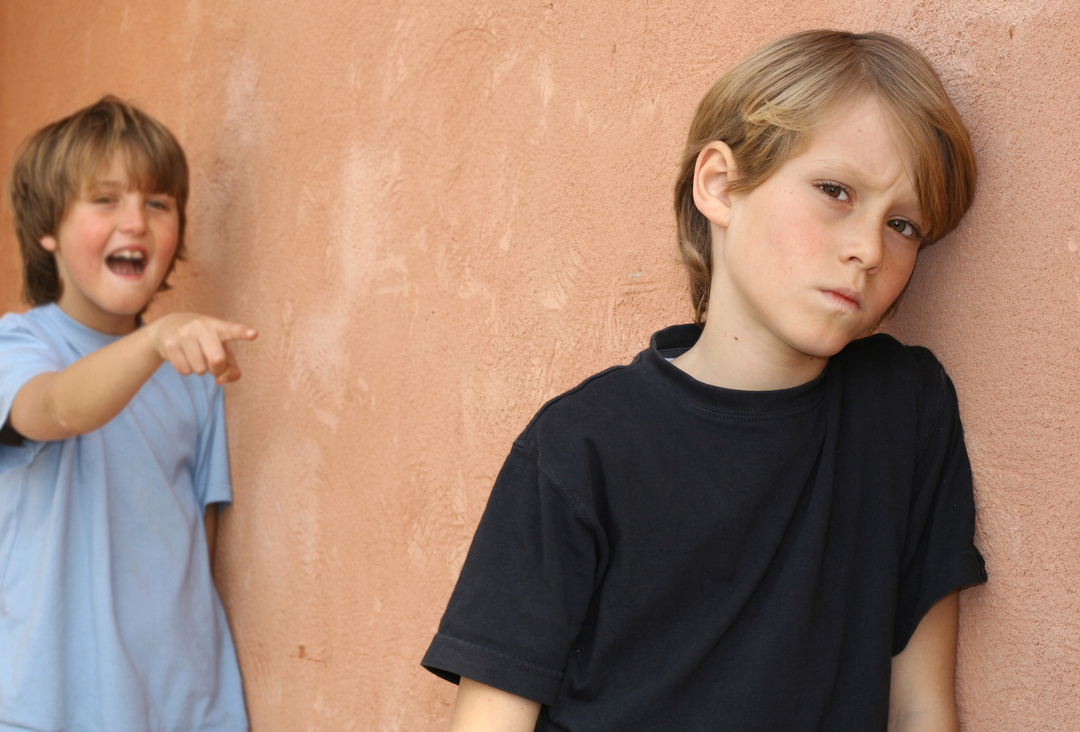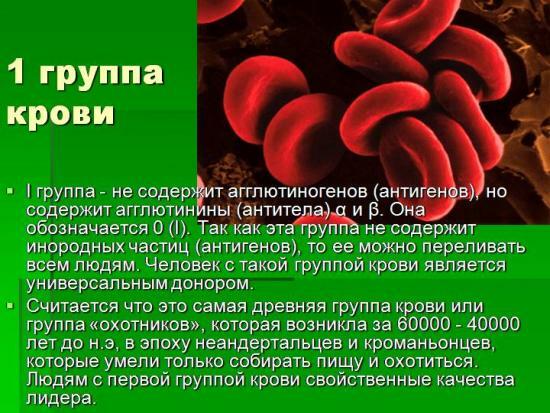About schizophrenia in men - symptoms, treatment and disease prognosis
Schizophrenia is a disorder enveloped in myths and overgrown with "accurate" everyday symptoms. But the reality is that no one can exactly answer the question, what is schizophrenia and what are its typical characteristics. Today we will tell about this disease from the point of view of practice and academic psychology.
Schizophrenia is a severe mental illness that is found in vivid emotional disorders, inadequate behavior and the destruction of consistent and normal mental activity. Because of this, social disadaptation occurs, a person loses the ability to exist in society and lead a social life. In men, the disease will debut in 18-25 years, when the women this period is longer: from 26 to 45 years. There are indirect data that indicate the possibility of inheriting the disease.
Frequency of occurrence does not depend on gender, race, social status. Approximately one hundredth person is potentially( or de facto) the bearer of this diagnosis.
Mistakenly schizophrenia can be called personality disorders( out-of-date - psychopathy).However, unlike psychopathies, schizophrenia leads a person to disrupt the perception of reality, which is reflected in inappropriate behavior and abnormality of emotional manifestations.
Patients with schizophrenia often hear "voices", which accordingly changes their behavior. They lose the opportunity to work and keep in touch with people, even their closest relatives.
Contents
- 1 Causes and Symptoms of the Disease
- 2 Some Subspecies of the Disease
- 2.1 Geobenic Schizophrenia
- 2.2 Catatonic Schizophrenia
- 2.3 Residual Schizophrenia
- 3 Treatment of the Disease
- 4 Forecasts
Causes and Symptoms of the Disease
There is no precise data on the causes that cause this disorder.
However, it is known that genetic predisposition contributes to the development of schizophrenia. In addition, the risk of disease in people who have been in contact with a schizophrenic patient for a long time increases. This effect is called induced mental disorder( from the French folie à deux) and is well treatable.
For the emergence of "insanity together" a necessary condition is a close emotional relationship between the really sick and the person "infected."Dividing people, immediately reveals a really sick.
There is also evidence that prolonged stress, a serious loss or shock become a trigger for the development of the disease in people with a predisposition to it.
There are indirect evidence of the connection of schizophrenia with brain pathologies, but this is a separate topic and we will omit it.
Most often, schizophrenia develops gradually and begins with a person's loss of vitality, which is expressed in loss of interest. If the trigger for schizophrenia is stress, then a large picture of the symptoms immediately unfolds.
However, more often the course of schizophrenia is more or less constant.
The basic symptoms of schizophrenia include:
- audial hallucinations( voices, noises, sounds);
- delusions of the effect( the patient seems to have been "controlled" by someone: the CIA, Martians or the spirits of ancestors) and other forms of delirium;
- delirium grandeur( and all its forms);
- mystification of simple events and objects( for example, a salt cell for a patient has a sacred meaning);
- pathological emotions( the patient rejoices when he learns of his child's death, or falls into depression after learning about pleasant events);
- pathology of thinking and incoherent speech( jump of thought, reasoning, pseudological thinking);
- lowering the level of criticality( there is no reaction to praise and criticism, nothing changes);
- anxiety and agitation.
A schizophrenic patient often looks deeply immersed in himself. At some point, a schizophrenic may lose interest in himself, which is manifested in slovenliness, disinterestedness in his condition and appearance - social isolation is growing.
Some subspecies of the disease
Classifications distinguish between 3 or more types of diseases, but consider the current classifications of DSM and ICD( disease classifications).
Gebefrenic schizophrenia
Isolated into an independent type because the symptomatology is expressed in the excessive childishness of the patient, incredible foolishness and a little foolishness.
Debuts gebefrenia in the span of 15-25 years.
Symptoms of this form:
- foolishness;
- constant and inadequate mood;
- stiffness and mannerisms;
- impregnations of crazy ideas;
- episodic hallucinations;
- sharp mood changes;
- rancor and aggressive impulsiveness.
Sometimes you find ridiculous complaints about your physical health.
Unlike simple infantilism, gebephrenia is found in constant obscene and ridiculous behavior, taking into account the unreasonableness of emotional reactions and the senselessness of actions. Emotional reactions are flat, they are characterized by:
- giggles;
- grimaces and pranks;
- complacency and ceremonial manners.
Perhaps a superficial fascination with the philosophical sciences and various theories, religion. Deep knowledge is not found, a lot of reason. Over time, the disease progresses, patients become apathetic, lose interest in everything, emotional reactions are extremely flattened.
Catatonic schizophrenia
A rare type of disease, occurring ~ 3% of cases from all patients and characterized by severe psychomotor disorders.
Catatonic stupor is expressed in the fact that a patient can be in one position up to several days, even if physically uncomfortable. There is no reaction to the outside world. Often patients in a stupor experience an onyroid syndrome - extensive hallucinations of fantastic scope and content, where they are the main characters. Speech contact in this state is impossible.
The phenomenon of wax flexibility is revealed( it is the syndrome of the "psychic pillow"): lifting the head of the lying patient, it will remain in the same position, lying on the "pillow".
There is a bright negativity - resistance to external stimuli, even pleasant. There are three types:
- passive - ignoring and resistance( for example, when trying to feed);
- active - doing something different;
- paradoxical - performs the opposite action.
There are other psychomotor symptoms.
Residual schizophrenia
Chronic form in which a bright schizophrenic defect is detected after a psychotic episode for about another year. During this form, there are no bright psychotic symptoms. Hallucinations, delusions, katatonichekie violations are almost not detected, and there is no emotional accompaniment.
The behavior of such patients is "unusual" and demonstrative, which does not coincide with the norms of society: conversations with oneself surrounded by people, slovenliness, a tendency to vagrancy and drug addiction. Often there are delusions, such as superstition, belief in telekinesis and telepathy, etc.
occurs in 3% of schizophrenics at the stage of remission. Features of this form are:
- mental weakness;
- fatigue;
- passivity;
- vulnerability;
- uncertainty.
Treatment of the disease
For the return of even a partial organization of mental processes and life, antipsychotics are prescribed. The fact that to quash the bright manifestations of schizophrenia( delirium, fears, derealization) takes 3-4 weeks of taking strong drugs. However, many substances from the class of antipsychotics can have serious side effects: from tremors and obesity, to endocrine disruption and heart problems.
Potentially dangerous patients are placed in psychiatric clinics, but many are being treated at home. In the latter case, they need constant care, strict adherence to the schedule for taking medications and a quiet, patient-friendly atmosphere in the family. Patients need to isolate themselves from stressful situations, because they can "resuscitate" pathological symptoms with renewed vigor and new symptoms. Also, constant contacts with employees of psychological services for monitoring the condition are needed.
According to the decline of pathopsychological symptoms, psychotherapy is prescribed to the patient himself. The task of this stage is to track relatives' relapses of the disease and timely treatment in specialized institutions.
Forecasts
Unfortunately, schizophrenia is a chronic disease. And yet, in about 1/5 of cases, for some strange reason, the moment of improvement of condition and partial normalization of life sharply comes.
However, most patients live on a "schedule": from a light period of almost normal life, to an acute psychotic attack with hospitalization. The use of modern medicines slightly improves the prognosis, removing dangerous symptoms. Medications, however, are directed to symptoms, not to the causes of the illness, of which nothing is reliably known.
And, probably, the most necessary thing in at least partial overcoming of the disease is unprincipled care of the patient and social support, in order to support at least a small level of social activity of the patient.
Doctor-psychologist Borisov OB B.
Recommended for viewing:



